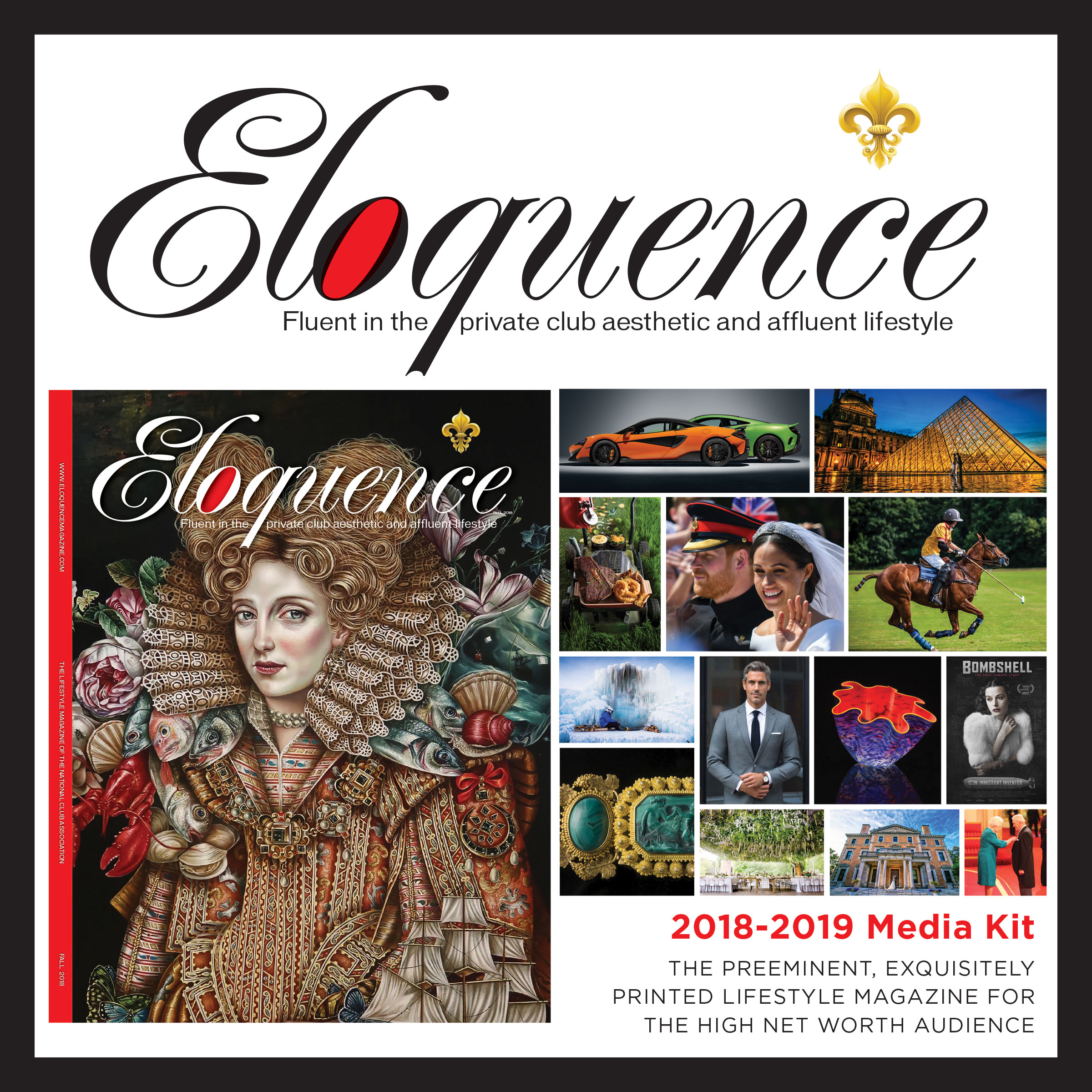By Brinsley Matthews
The complete freedom to explore, express and develop one’s heart and mind can be found in Bonnet House, Fort Lauderdale, Florida.
Frederic Clay Bartlett was born into a wealthy and culturally rich Illinois family; he would eventually be married three times with each wife of the same standing and even greater fortunes, who genuinely loved their charismatic and artistic genius.
Intrigued by art, Frederic more than dipped his toe in life across four continents, all the while under the shadow of two world wars.
Chicago Exposition
The 1893 World’s Columbian Exposition in Chicago was a turning point for the wealthy enclave of Prairie Avenue, Chicago, including Frederic and his second father in-law, Hugh Taylor Birch. The exposition was the largest most extravagant the world had ever seen let alone Chicago and had attracted over 49 million visitors in six months.
Frederic and his childhood neighbor Robert Allerton were greatly inspired. Fredric said, “To think that men could conceive such things, and actually bring them into being on flat bare canvas … we pledge our lives to the creation of beauty and forthwith determined to leave the security and luxury of home … to learn the technique, secrets and methods of artists”.
To Europe for Artful Inspiration
America of the 20th century was focused on rapid industrialization and optimization in every sphere from production lines to skyscrapers.
Artists looked to Europe for their ideals and expressionism, hence Fredric and Robert set sail for Munich where they were both accepted by the prodigious Royal Academy, a rare honor for an American at that time. Fredric said of Munich and its spirited Bavarian culture “always to me the most beautiful city in the world.”
Introducing Hugh Birch
Hugh Birch, a self-made millionaire and Illinois’s first State’s Attorney, also wanted to escape the increasing hustle, noise and pollution of the Windy City.
His admiration for Mother Nature lead him to the most southern stop on Henry Flagler’s new train service to Florida. Henry was also a Chicagoan and he lent his sail boat to Hugh to explore the undiscovered Florida. An ill storm blew Hugh on shore at a non-excitant but luscious Fort Lauderdale where he promptly bought three miles of coastline and much land for $1 an acre.
Meanwhile in Munich, Frederic excelled and his frequent excursions to Paris would ultimately lead to more study there under James Adam McNeill Whistler.
Frederic became engaged to a fellow student ― a young, equally affluent but matronly Dora Tripp from White Planes, New York.
At this juncture in life, Robert Allerton decided not to pursue life as an artist and returned to Illinois.
Back to Frederic
While in Paris, Fredric embraced the avant-garde and delighted in its members, and it was where his vocal support for Rodin as the foremost sculptor almost got him thrown out of a Parisian café. Simultaneously, Frederic started collecting art by relatively unknown artists, such as Cezanne, Gauguin, Toulouse-Lautrec, and Van Gogh, among others.
In 1900, the newlyweds returned to Chicago where Fredric received his first commission from the Second Presbyterian Church to paint frescoes. Fredric chose to depict the Tree of Life and A Heavenly Choir ― both of which were painted in the Byzantine manner for which his friend Howard Van Doran Shaw the architect created the ideal space.
The affluent worshipers were duly impressed and commissions for public and private work soon followed, including the University Club in Chicago where Frederic’s glorious stained-glass windows and 50 painted ceiling panels can be viewed to this day.
Frederic’s Private Life
Frederic was an intensely private person and always wrestled with expressions of his private life and public persona. In each of his residence, he always had an exterior impression which was totally different to the interior expression.
In 1902, Frederic and Dora built a new home named Dorfred House (combining both their names). The house had a quite, modest exterior; however, the interiors created by Frederic borrowed themes from the theatrical to the high Renaissance.
House in the Woods
Lake Geneva, Wisconsin, was a great escape for Illinois’ industrial entrepreneurs, including Frederic’s father who would build a mansion that Frederic would design in collaboration with Howard Van Doren.
The ‘House in the Woods’ had a Georgian styled exterior with an internal courtyard facade in a romantic Tudor style, where its formal rose garden layout would also be protected from the cold winter blasts of Lake Geneva.
Dora and Fredric welcomed their son, affectionately called Clay, into the world in July 1907. Sadly, 10 years later, this happy union would break when Dora died suddenly.
With the social circles of Chicago being small, Dora’s good friend Helen Birch (daughter of Hugh), who was a published composer and poet, kindled a close friendship with Fredric, which led to matrimony within two years.
The Florida Connection
Helen had a love of nature and was devoted to her father. As a child, Helen insisted on visiting with her father in Fort Lauderdale before being taken on trips to the opera houses of Europe with her mother. As a wedding gift, Hugh gave the newlyweds 35 acres of ocean front land at Fort Lauderdale. Frederic created designs their new home with remarkable clarity of his interpretation of a Caribbean plantation style home. The home was approached by two miles of sand road and was built around an enclosed courtyard with wraparound verandas and loggias providing a sense of security and privacy.
Helen planted palm trees and groves and installed house and grounds men in pleasant dwellings on the property. While a good and loyal relationship was established with their estate-hands, an avoidance with all others was adhered to. Both Helen and Fredric were well very traveled, stirred by new thinking and developments in the art world and pursed their avant-garde tastes and collecting across Europe, small chatter with the socially motivated held no interest for them. They were horrified by the ribbon development of construction along the coast of Florida and its total disregard for flora and fauna ― hence they started their life-long seclusion and indulgence in a simple and happy life together.
Birch and Bartlett Invest in Whitehall
Hugh Birch and Frederic bought a cliff-top, three-story, Georgian-style mansion named Whitehall, in Beverly, Massachusetts, where they all could spend the summer and fall when not traveling. Frederic designed the formal interiors and remodeled an adjoining structure to house his studio and private gallery.
His enthusiasm and world was turned upside down with death of his beloved Helen from cancer only six years after their marriage. To honor his wife, Frederic presented their avant-garde collection to The Art Institute of Chicago. However the institute was reluctant to accept it, only after many committee discussions was it eventually accepted after Hugh Birch made an extra monetary donation to the institute. Today, the Helen Birch Bartlett Collection is the backbone of the museum’s attraction.
During this time, Frederic retreated and stayed with his childhood friend, Robert Allerton, where they could reminisce and collect art for Robert’s growing estate.
Frederic would eventually emerge out of mourning and paint an eight-foot-high, jungle-themed mural in one of Robert’s main reception rooms.
Wife No. Three
After Helen’s death, her father Hugh Birch encouraged Frederic into a relationship with their mutual friend, the recently divorced Evelyn Fortune Lily. Evelyn was formally married to the founding family of the pharmaceutical empire of the same name and had one daughter named Evie. While Evelyn’s family were wealthy in their own right, her share of the Lily family stock would add a great deal more.
The Lily’s did not believe in selling shares to outside non-family members, so when Evelyn’s divorce happened, they were not prepared and did not forgive.
Hugh, now 58, and Evelyn, 44, would marry in 1931. Evelyn was a perfect wife and companion for Fredric, they had the same interests and pursuits and knew many of the same people and places. With their marriage, a renaissance occurred and would flourish across Massachusetts, Paris, Munich and to Fort Lauderdale.
Bonnet House Christened
At this time, Florida was now being populated and developed in every direction. A new road called A1A was planned to run in front of their Fort Lauderdale oceanfront home.
None too pleased, Frederic commissioned a tall wall to be erected to keep peering eyes out. To compensate for the loss of direct ocean access, two interconnecting ponds and a waterway were landscaped into the property. The ponds were planted with Bonnet Lilies, and it was Evelyn who christened their home Bonnet House.
The new Mrs. Bartlett said, “ Mr. Birch and Frederic never wanted a social life in Florida, and neither did I … This was a private house.” They favored the company of their long-standing, tried-and-trusted friends.
Evelyn said when she arrived, “The interior had no decoration at all” and felt it “very severe.” However, this was soon to change.
The décor of Bonnet House received the full attention of Frederic, who painted the exterior woodwork a bright Vermilion yellow and the internal logia walls an Indigo blue. Both Frederic and Evelyn hand-painted motifs and marbling effects on logia walls, murals on ceilings ― including one depicting fish and tortoise swimming freely below a net. Imaginative placement of Frederic’s and his three wives’ collection of world artifacts and treasures were put on display throughout their home.
An orchid house, shell room and bamboo bar were added to entertain their select visitors. A loyal household staff would ensure all their privacy and compliment every guest’s time at Bonnet House.
The standard of entertaining was formal and no detail was ever overlooked, from the arrival cocktail of rangpur lime, to the finger-bowl presentation.
Indeed, in later years, Evelyn was to employ Charles de Gaulle’s former chef for her entire seasonal visits. However, there was always a sense of fun and gaiety at these stories; guests could enjoy the newly built pond pavilion with its striping of indigo and white and capped with bright yellow scallops and finials from which one could see sunsets reflecting on the water, while both black and white swans swam, the cry of the swinging estate’s wild monkeys could be heard and the maybe the occasional baying of Rosie, the Bartlett’s pet donkey.
Summers in Essex
Evelyn bought a farm in Essex, Massachusetts, where they could enjoy the cool summer months and fall.
Hugh Birch and Frederic maintained their fraternal friendship and Hugh lived for long periods with Frederic and Evelyn in each of their residences. It was Evelyn who named their Essex farm Both Ways. Fredric designed the farm as a hunting lodge in a Bavarian style, where mounted dear heads, American eagles, images of Napoleon and Russian chandeliers were all mixed to great effect.
Two years later, and 40 miles south of Fort Lauderdale, they built a weekend lodge named Nymphenglade to entertain guests. Frederic styled the property on the German castle of Nymphenburg. During this time, Evelyn began to paint, and paint quite well in bold fresh colors and mostly of still-life subjects. Frederic’s eyesight began to fail, and thus, he began to paint on a larger scale, in bright colors and large brush strokes. His sense of play and freedom would be forever present in his later works. The painstaking detail and muted colors of his previous works were now of the past, so too were his studios in Chicago and Munich.
In 1947, a hurricane visited south Florida, and unlike the cause of Hugh Birch’s first landing, it sadly spelled the beginning of the end of a golden era for the Birch and Bartlett families.
Nymphenglade was severely damaged; its painted, coiffured ceiling panels were salvaged and reinstated in Bonnet House. However, Fredrick’s health was failing, and a stroke would eventually lead to his passing.
Evelyn was loyal to the Birch and Bartlett family causes and wishes to the very end. Evelyn wanted to preserve Bonnet House exactly as it was for future generations and she donated the property in trust to the National Register of Historic Places in 1983.
Meanwhile, over the next 14 years, Evelyn enjoyed living seasonally in Bonnet House, hosting friends and feeding her pet monkeys toast points with strawberry jam.
Eventually her health deteriorated, and she retreated to Both Ways farm where she passed away at the ripe age of one 110 years old. Her physician noted the cause of death as, “A lack of will to thrive.” A fitting sentiment for a lady who diligently preserved private lives and a place and world for which few would know but can appreciate a spell in their lifetime by a visit to Bonnet House.











